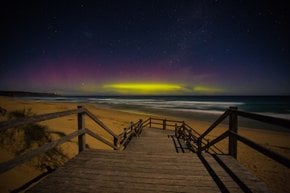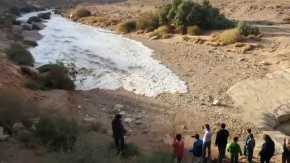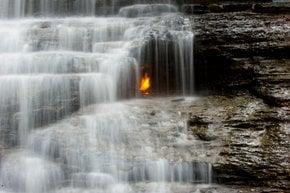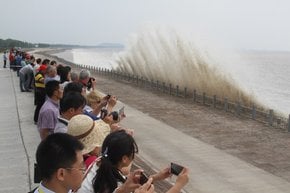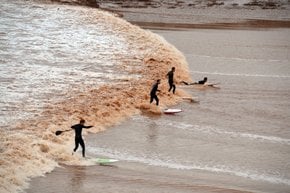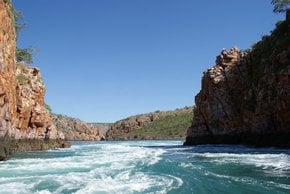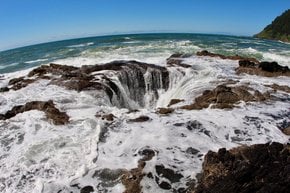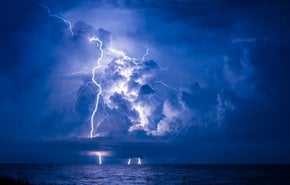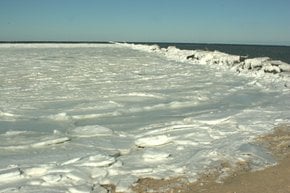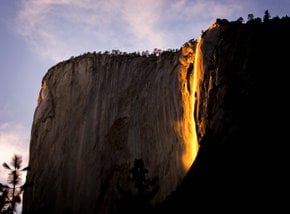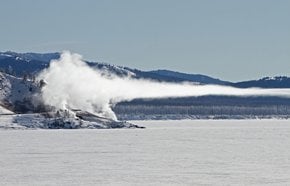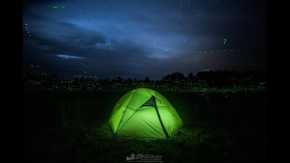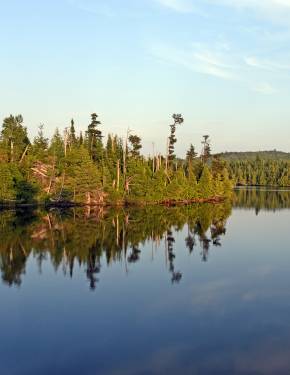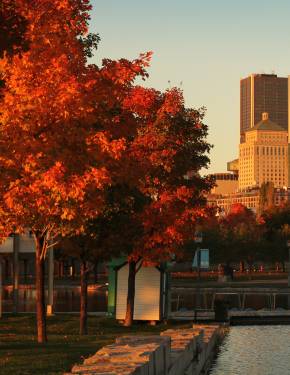These bizarre ice shoves observed on the lakes of Southern Ontario are not some marketing stunt to draw tourists to the area. They are actually a natural phenomenon that owes its existence to thaw and high winds. The gusts of 52 knots and above blow the broken ice and occasional boulders onto the shores. Ominous "ice tsunamis" may grow as high as a lamppost and even overwhelm the retaining walls.
An ice wave can emerge abruptly, especially during a windstorm. So if you ever seek to witness such winter scene, keep a safe distance from the water. Ice shove events occur only with certain weather conditions, which are typical during late winter and early spring. At this time of year, thick ice weakens and breaks up.
The most popular spot for this stunning natural phenomenon is on Lake Erie shores, particularly around Fort Erie, Ontario. However, it can also happen on Lake Ontario or any other lake in the province. Across the border, you may witness Ice Shards, a similar phenomenon with a different name.
Practical info
When is the time frame for ice tsunamis in Ontario?
Ice tsunamis usually occur in mid-February to late March during late winter and early spring. This is caused by the weakening of thick ice due to thaw, which breaks up and piles up on the lake's shores. High winds of 52 knots and above blow the broken ice and boulders onto the shores, creating the aggressive 'ice tsunamis.' Show more
What is the best location to witness the ice shoves?
People who want to witness ice tsunamis should go to Lake Erie's shores in Ontario, particularly around Fort Erie. It can also happen in any other lake in Ontario, including Lake Ontario. For those who want to travel from New York, they can go to Buffalo, which is just 30 minutes away, or Toronto, which is approximately 120 km away. Show more
What causes an ice tsunami?
Ice tsunamis happen because of the combination of thaw and high winds of 52 knots and above. Thick ice weakens due to the warm weather in late winter and early spring. This leads to broken ice or boulders piling up on the shore. When high winds blow over these piles, they push them forward and create a massive and formidable ice shove. Show more
What is the maximum height that an ice tsunami can reach?
An ice tsunami can reach a height of a lamppost and can overwhelm retaining walls. The broken ice and occasional boulders are blown ashore by high winds of 52 knots and above, resulting in towering and breathtaking ice shoves. They can suddenly appear during a windstorm and grow bigger and more substantial as the gusts increase. Show more
What precautions should be taken when viewing an ice tsunami?
To safely view an ice tsunami, people should stay a safe distance away from the water as it can be unpredictable. The existing ice wave can collapse suddenly, even when it appears stable. It is important to be aware of the weather condition and wait to receive instructions from the authorities on the safety of the viewing point and follow them accordingly. Show more


